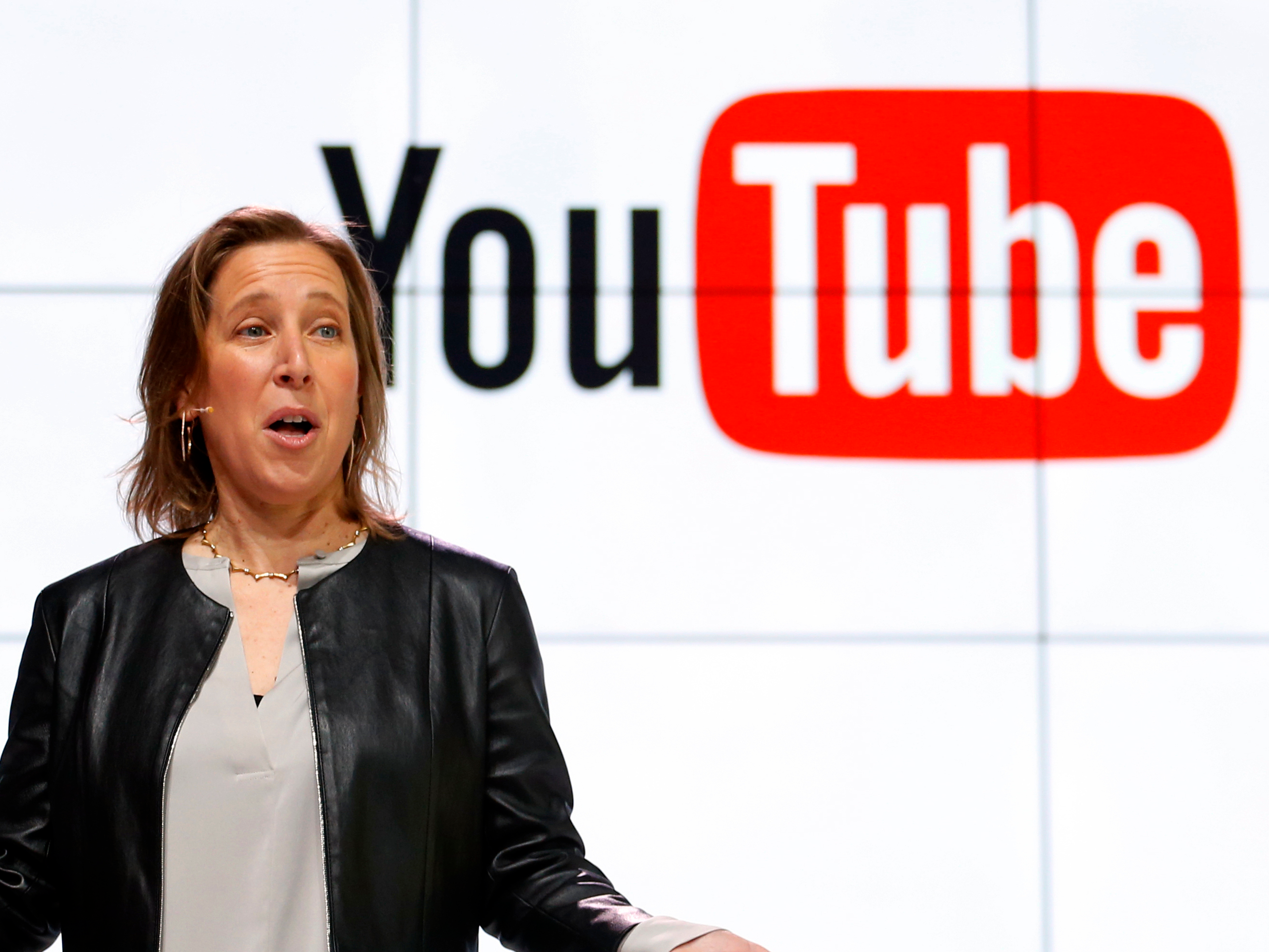- Alphabet, Google’s parent company, broke out revenue numbers for YouTube on Monday for the first time in its 2019 fiscal-year results.
- YouTube’s advertising revenue grew 36% in 2019, totaling $15 billion and comprising about 9% of Alphabet’s overall annual revenue.
- Google did not break out the profitability of YouTube.
- YouTube was acquired by Google in 2006 for $1.65 billion.
- Visit Business Insider’s homepage for more stories.
Google reported YouTube’s advertising revenue totaled $15 billion in 2019, ending a longtime policy of keeping the video site’s financials under wraps.
The results, which Google released in its fourth-quarter earnings report on Monday, come 14 years after Google bought YouTube in a $1.65 billion acquisition.
Ads on the video site now comprise about 9% of Google parent company Alphabet’s overall revenue, which totaled $162 billion last year.
Even as YouTube has grown into a massive site, its ad revenue continues to grow at a healthy pace, increasing about 36% in 2019. That’s a much faster pace than Google’s overall ad revenue, including its search-ads business, which grew by only 16% year over year in 2019.
In the earnings report, Alphabet Chief Financial Officer Ruth Porat said the reason for breaking out numbers for YouTube, as well as Google Cloud and Google Search, was "to provide further insight into our business and the opportunities ahead."
Even as Google disclosed YouTube's ad revenue, it kept other key information about the business close to the vest, most notably declining to provide information on whether YouTube is profitable or not. It's also still unclear how much YouTube is worth, since other sources of revenue were not included in the report.
To put this number in context, the $15 billion total for ad revenue means YouTube is bigger than media conglomorate Viacom (last valued at $12 billion). It's also more than 20% of the $70 billion that went into all of US TV ad spending in 2019.
While YouTube's popularity has exploded over the years thanks to the homemade videos uploaded to the site by users, the service also spends an increasing amount of money to acquire premium content and on the computing infrastructure to handle the traffic.
Google has also struggled to police YouTube, removing a never-ending flood of videos with hate speech, conspiracy theories, and pornography. Those efforts require increasing investments in technology and personnel, which weigh on YouTube's profitability.
An early bet on video
In the 15 years since YouTube was founded, it has grown to become one of the most popular sites for creating and sharing videos on the internet. YouTube now has more than 2 billion monthly users visiting the video-sharing platform. They watch over 250 million hours each day of their favorite vlogs, music videos, sports highlights, and more.
During a conference call with analysts on Monday, Porat said YouTube's revenue growth in the fourth quarter was "driven by sustained growth in direct response and ongoing healthy growth in brand advertising, which remains the largest component."
Porat also said YouTube's subscription business - payments for services like YouTube TV and music streaming that are separate from the YouTube advertising business - achieved fourth-quarter revenue that would total $2 billion if projected forward for a full 12-month period.
Google acquired YouTube in 2006 for $1.65 billion. The platform is now led by CEO Susan Wojcicki, an early Google employee who has overseen its expansion into gaming, subscription services, and children's content.
But YouTube's tight grip on digital video is being threatened by the influx of new social platforms, like TikTok and Byte, and video-streaming services, such as Netflix and Hulu.

